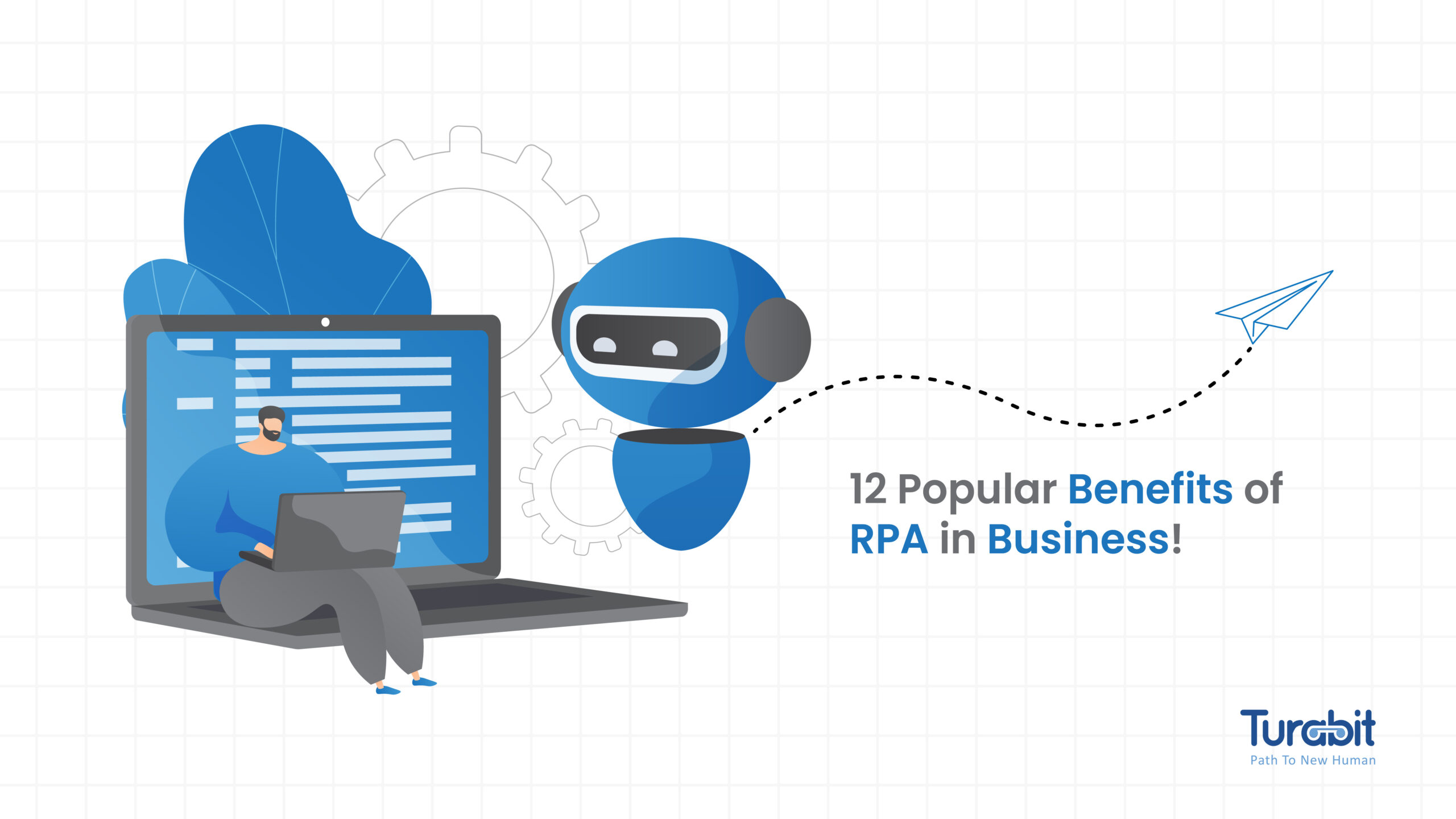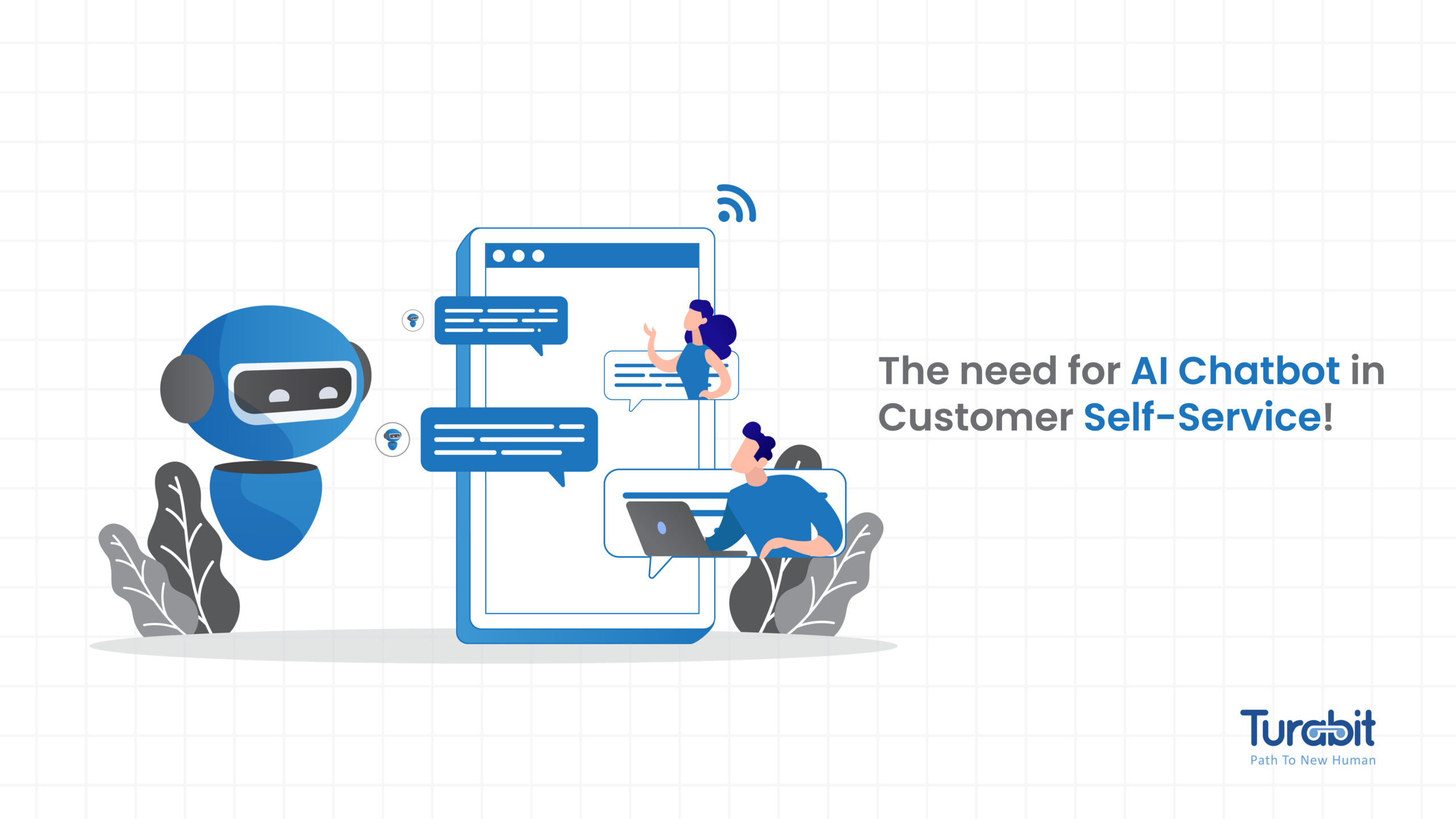12 Popular Benefits of RPA in Business
There are numerous reasons why Robotic Process Automation (RPA) is becoming increasingly popular among businesses. Not only do they boost profits, but they also boost employee productivity. RPA is also beneficial to your business efficiency.
Robotic Process Automation, or RPA, has a positive impact on business. However, many entrepreneurs still need to be more hesitant to adopt this technology. This post explains the business benefits of RPA, which will help you embrace it.
As you move along in this post, you will realize how important RPA is for businesses. RPA automates repetitive and monotonous tasks so employees can pay more attention to more essential duties.
Discover how RPA can benefit your business.
Why Do Businesses Need RPA?
With RPA, mundane tasks can be automated without the presence of humans. From all kinds of industries and market sectors, RPA has revolutionized the way businesses work.
By using RPA, you can:
- Spend resources on core operations
- Encourage employees to learn and take on more responsibilities.
- Automate mundane processes to save money
- Reduce error chances
- Enhance organization efficiency
Benefits of RPA in Business
The following are 12 key advantages of RPA in business processes:
1. Productivity gains
Robotic process automation is designed to tackle specific routine tasks. The report may take a human employee four hours to complete, but RPA can complete it in 20 minutes.
You could save time and money with RPA. As demonstrated in the example, technology does not replace humans. It enables people to accomplish the same amount of work in lesser time. That means your employees would be more productive.
RPA in business must be implemented and trained so that employees can take advantage of it.
2. Enhanced efficiency
Robotic Process Automation benefits businesses in the form of efficiency. Humans are limited by their capacity to dedicate a certain number of hours daily.
Generally speaking, one RPA robot can achieve as many tasks as two to five full-time employees can accomplish manually by working 24/7 and 365 days a year.
3. Higher Accuracy
By implementing RPA in your business, you can eliminate processing errors. Even mirror mistakes can cost a lot when you run your own business. Not to mention the time manually it takes to rectify those mistakes. A Deloitte Global RPA Survey found that 85% of respondents said RPA exceeded their accuracy, timeliness, and flexibility expectations.
To maximize RPA’s potential, you need training and governance to effectively map and optimize business processes.
Then you won’t be concerned about bots making mistakes.
4. Enhanced security
RPA bots are specially designed to carry out specific tasks. Due to this fact, RPA offers another advantage – security. A granular level of Robotic Process Automation ensures that data does not leak from one facet to another.
A common misconception about RPA is that it replaces humans. In reality, all data accesses are fully documented and controlled.
As with any new technology, RPA creates more jobs than it destroys. Yet the truth is just the opposite. RPA implementation requires a workforce that can control and manage humans and machines.
You can harness RPA to your advantage by training your valuable employees to embrace change and learn new skills.
5. Opportunities to scale
A business that needs to be more flexible to handle the increased demands can run into trouble when entrepreneurs want to take their ventures to the next level.
RPA helps you achieve your objectives by supporting any number of business functions, despite great incoming demand.
RPA makes it easier for smaller businesses to manage unpredictable market demands by automating routine tasks. This gives them a level playing field in terms of handling business expansion.
6. Data Analytics
Businesses can gain valuable insight into business operations using Robotic Process Automation. A few examples of information gathered using RPA include cycle times, work volume patterns, and errors and exceptions.
You can enhance your product/service for the target market by improving analytics. Moreover, it also helps you further enhance the process you’re automating.
With RPA, you can optimize your business processes further to achieve optimum efficiency by gathering and separating data in different fields.
7. Better customer service
Customer needs change over time, making it harder for you to meet them all at once. Just one mishap, and they’ll drive toward your competitors.
It would help to have a proficient customer service representative when automation cannot solve your problem. Where tedious, repetitive tasks are assigned to bots, your employees can focus on customer service.
RPA has also created a positive impact on the customer service front. You can better understand and satisfy your customers’ needs by automating reports.
8. Streamlined
There are three main reasons why business owners fear upgrading legacy systems:
- Legacy system replacement cost
- A temporary business downtime
- IT infrastructure complexity
By using RPA, your legacy systems can be automated, and the lifetime of the legacy systems can be extended. RPA interacts with legacy systems at the presentation layer, similar to humans.
Your core technology program remains intact when you implement Robotic Process Automation. Robots cannot use passwords or user IDs.
9. Utilizing resources efficiently
RPA can automate routine business processes by eliminating the risk of errors associated with repetitive and tedious tasks. This helps businesses achieve high efficiency. In return, employees can devote more time and effort to strategic activities rather than tedious, repetitive tasks.
10. Easily integrated
RPA requires little technical expertise and does not require API setup. This saves businesses considerable time and money. RPA uses graphical user interface elements that are easier to understand.
Through the same UI, RPAs can perform the same actions humans do, such as clicking, keystrokes, and pressing buttons.
11. Better communication
It is possible to automate the creation and modification of documents with RPA using triggers and procedures. This relieves the employees from the burden of constantly updating and tracking tiny changes. Through Robotic Process Automation, business processes and operations can be performed on time, and employees and end users can receive timely updates.
12. Auto-Responses & Actions
Even though RPA systems operate well beyond the scope of schedulers, they assist managers by automating or semi-automating activities. A human activity, such as a click, triggers and responds in the former scenario.
Triggers and responses can be configured to automate any area of your business, including unattended automation, which does not require human action.
Summary
To maximize the benefits of Robotic Process Automation, brainstorm with your RPA partner about people, procedures, and policies to determine the impact of RPA before implementing it in your company.
HR, finance and accounting, sales, and supply chain management may be departments and functions that would benefit from automation.
It would be great if you took your time when selecting the best RPA provider to meet your business needs, along with your research of internal business factors. Before you plan and strategize the implementation of RPA, you need to list the strengths and weaknesses of each vendor.
Is bot-o-mating your processes and tasks suitable for you? Contact us today for more information on how RPA can boost your business’ competitive edge.




